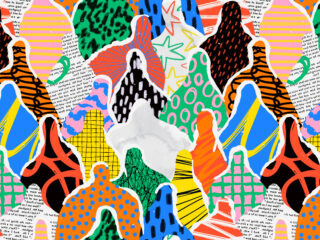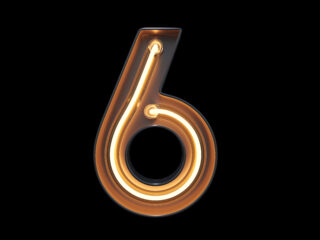As a branding agency creative director, I am always on the lookout for new trends and innovations in packaging design. As we look to the future, I am excited to see how packaging design will continue to evolve and adapt to new technologies, materials, and consumer preferences. Here are some of the key innovations and trends that are shaping the future of packaging, along with examples of brands that are leading the way.
Sustainable Materials
Sustainable packaging materials such as bioplastics, compostable materials, and recycled materials are becoming more popular as consumers become increasingly environmentally conscious. Brands are adopting these materials to reduce the environmental impact of packaging and communicate their commitment to sustainability. One example of a brand leading the way in sustainable packaging design is Patagonia, which uses recycled materials and biodegradable packaging for its outdoor clothing products.
Smart Packaging
Smart packaging is becoming more interactive and informative, allowing customers to access additional information about the product. Brands are using QR codes, NFC tags, and augmented reality to provide customers with information about the product’s origins, sustainability, and usage. One example of a brand using smart packaging is Heinz, which uses a QR code on its ketchup bottles to provide customers with recipe ideas.
Minimalist Design
Minimalist packaging design is becoming more popular, with clean lines, simple typography, and a focus on negative space. Brands are using minimalist packaging design to communicate a sense of sophistication and elegance while also being more sustainable. One example of a brand using minimalist packaging design is Glossier, which uses a minimalist design with a pink colour palette and a focus on the product itself.
Personalization
Personalized packaging creates a more engaging customer experience and helps brands stand out in a crowded marketplace. Brands are using digital printing and variable data printing to create packaging that is customized for each individual customer, with personalized messages, images, and even names. One example of a brand using personalized packaging design is Coca-Cola, which launched its “Share a Coke” campaign in which the company printed individual names on the packaging of its Coca-Cola products.
Augmented Reality
Augmented reality creates a more immersive experience for the customer and helps brands tell their story in a more compelling way. By using AR technology, brands can create packaging that comes to life, with animations, videos, and other interactive elements that engage the customer’s senses. One example of a brand using augmented reality in its packaging design is IKEA, which uses AR technology to allow customers to visualize how its furniture products will look in their homes before making a purchase.
In conclusion, the future of packaging design is exciting, with new technologies, materials, and design trends shaping the way we think about packaging. By embracing sustainable materials, smart packaging, minimalist design, personalization, and augmented reality, brands can create packaging that not only looks great but also communicates important information about the product and builds stronger relationships with customers. Brands like Patagonia, Heinz, Glossier, Coca-Cola, and IKEA are already leading the way in these trends, and we can expect to see more brands follow suit in the future. As a branding agency, we encourage our clients to embrace these trends and stay ahead of the curve in the future of packaging design.
Sarah Wilkinson
CEO/Creative Director
Follow Along on Our Social Media




